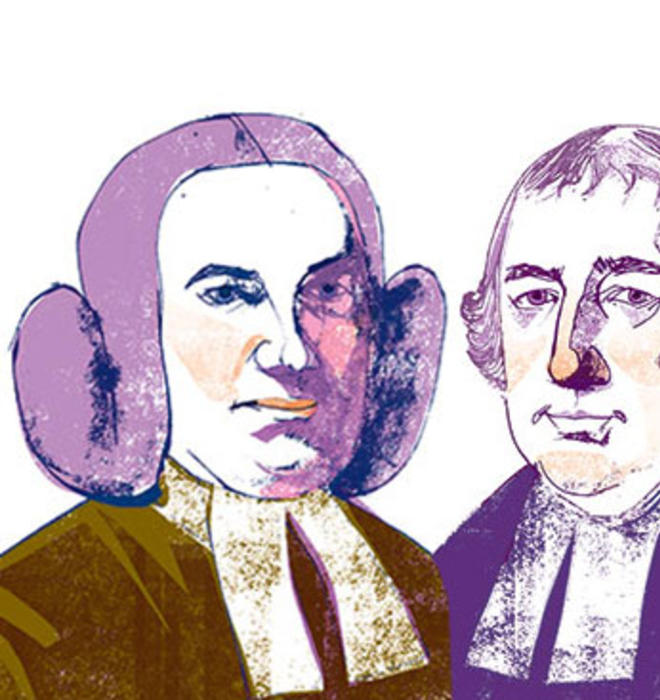
Researchers with the Princeton & Slavery Project uncovered an advertisement for the 1766 sale, outside what is now Maclean House, of slaves who had been owned by Princeton president Samuel Finley. He was far from the only slave owner at the College. A few other officials expressed opposition to slavery. Here’s a list of early College trustees, presidents, and faculty members who had a connection to slavery.
Presidents
Jonathan Dickinson (1688–1747, president 1747) was a Presbyterian minister and one of the four founders of the College of New Jersey. The College’s first eight undergraduates took classes in his house in Elizabethtown, and it is believed that his slave, a woman named Genny, may have cared for them. Though Dickinson preached that all people were equal in the eyes of God regardless of race, he did not call for emancipation. He encouraged masters to serve as teachers to their slaves.
Presbyterian minister Aaron Burr Sr. (1716–1757, president 1748–57) was another of the four founders of the College of New Jersey and the youngest president of the College. The first president to live in the President’s House (now called Maclean House), he brought at least one slave into his new home: a man named Caesar, who was purchased in 1755 for 80 pounds. Burr is believed to have purchased another slave while he served as president.
Jonathan Edwards (1703–1758, president 1758) died suddenly after serving for less than two months of a fever following an inoculation for smallpox. As a Congregationalist minister, he preached the spiritual equality of all people and criticized the cruelty of the slave trade. Still, he owned multiple slaves during his life, including a married couple named Joseph and Sue who likely worked in the President’s House on campus. His son, Jonathan Edwards Jr., was an abolitionist.
Samuel Davies (1723–1761, president 1759–61) was a Presbyterian minister known for his missionary work with enslaved people in the Colonies. He preached the spiritual equality of free and enslaved people, and rejected the notion — common at the time — that race affected a person’s intelligence. He helped enslaved church congregants study Scripture but stressed that conversion to Christianity did not mean a right to emancipation. Davies owned at least two slaves while he lived in Virginia; it’s unclear whether he owned slaves in Princeton.
Samuel Finley (1715–1766, president 1761–66) was a traveling evangelist during the Great Awakening of the 1730s and ’40s and preached about civil liberties. Finley owned at least seven slaves while he was president, six of whom were sold at an auction beside furniture and livestock at the President’s House after his death in 1766.
John Witherspoon (1723–1794, president 1768–94), a member of the Continental Congress, was the only college president to sign the Declaration of Independence. Witherspoon supported the religious education of free and enslaved African Americans and once baptized a slave, but he argued against the abolition of slavery. He owned several slaves, though it is unclear whether any of them lived and worked at the President’s House.
Samuel Stanhope Smith 1769 (1751–1819, president 1795–1812) owned at least two slaves whom he tried to sell during his tenure; records are not clear on whether he succeeded. He gained international recognition for his scientific arguments that racial differences did not affect a person’s intelligence and resulted from living in different environments. He came to speak out against slavery, advocating the colonization of African Americans in western territories and encouraging white people to settle alongside them.
Ashbel Green 1783 (1762–1848, president 1812–22), who had established the Princeton Theological Seminary, owned at least three slaves while he was president: teenagers John and Phoebe, whom he promised to free at the age of 25, and Betsey Stockton, whom he freed in 1817 (she later became the country’s first unmarried female missionary abroad). Green opposed slavery as a moral abomination and drafted a resolution against slavery for the American Presbyterian Church’s General Assembly in 1818. He supported the American Colonization Society and proposed giving slaves a religious education.
Presbyterian minister James Carnahan 1800 (1775–1859, president 1823–54) owned two slaves — a boy and a girl younger than 14 — when he lived in Washington, D.C., in 1820, though records are not clear on whether his slaves moved with him to Princeton. Later records show that he employed “free colored persons.”
John Maclean Jr. 1816 (1800–1886, president 1854–68) did not support slavery; he acted as an officer of the American Colonization Society and hoped to spread Christianity to Africa. As a young professor in 1846, he intervened in a campus riot to protect a black man who was being beaten by Southern students. Yet, in an effort to make Southern students feel comfortable in a free state, Maclean encouraged students to decide for themselves which side to support in the Civil War.
Founders and Trustees
Most of Princeton’s earliest trustees owned slaves.
Samuel Blair (1712–1751), a Pennsylvania minister, is the only one of the College’s first 12 trustees for whom records of slave ownership have not been found.
The merchant family of Peter Van Brugh Livingston (1710–1792), a College founder, made money by investing in the slave trade in the West Indies; Livingston himself owned several slaves.
Jacob Green (1722–1790), a minister who became a trustee in 1748, owned slaves but later became an outspoken abolitionist. He denounced slavery during the Revolutionary War, saying it was hypocritical to fight for liberty while promoting slavery.
Faculty
Princeton professors sometimes had slaves working in their homes. Among the faculty members with a connection to slavery were:
Albert Dod 1822 (1805–1845), a mathematics professor, still owned a slave in 1840, making him one of the last slaveholders in the entire state of New Jersey.
Philip Lindsley 1804 (1786–1855) was a language professor, College vice president, and acting president after Ashbel Green resigned in 1822. In his farewell sermon in 1824, Lindsley delivered a powerful condemnation of slavery and called for emancipation. But he soon moved to Tennessee, where he abandoned his anti-slavery rhetoric and purchased at least three slaves. In personal notes, he defended slavery as advantageous to the slaves, who, he said, would have suffered more had they not left Africa.
John Maclean Sr. (1771–1814), the College’s first chemistry professor, owned at least three slaves: Lydia, Sal, and Charles. The latter two were still in his possession when he died in 1814.
Richard Sears McCulloch 1836 (1818–1894), who taught chemistry before moving to Columbia College, was considered “truly Southern” by his students; he later tried to create a chemical weapon for the Confederacy during the Civil War.
Mathematics professor Walter Minto (1753–1796) owned at least one slave — Toney, whom he purchased for 100 pounds soon before his death. Minto had agreed to free Toney after six years and five months of work, but it is unclear whether he was actually freed at that point.
Elijah Slack 1805 *1811 (1784–1866) was a clergyman and a professor of natural philosophy and chemistry, as well as the College’s first vice president. He owned at least one slave, an 18-year-old woman, whom he attempted to sell through an advertisement in the local newspaper in 1816. Slack left Princeton in 1817 after five years on the faculty, taking a post at Cincinnati College.
Compiled by Anna Mazarakis ’16, based on essays written by Michael Glass GS, Craig Hollander, Jessica Mack GS, Rita Isabela Morales GS, Francesca Saldan, and Martha Sandweiss
Illustrations: John Jay Cabuay


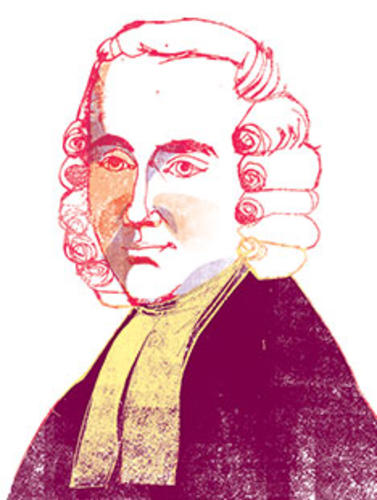
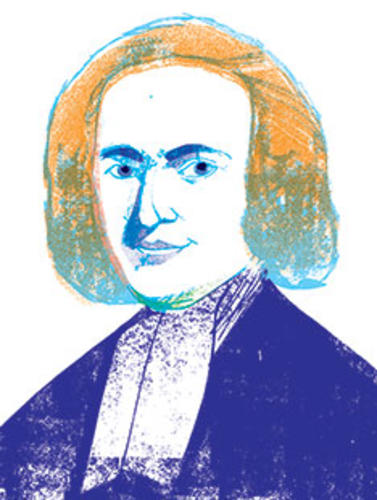
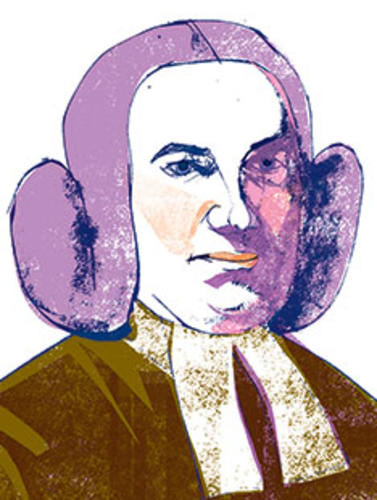
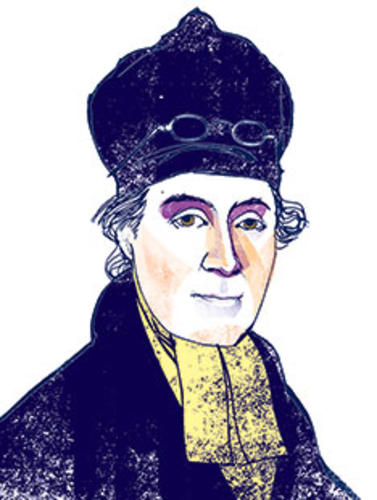
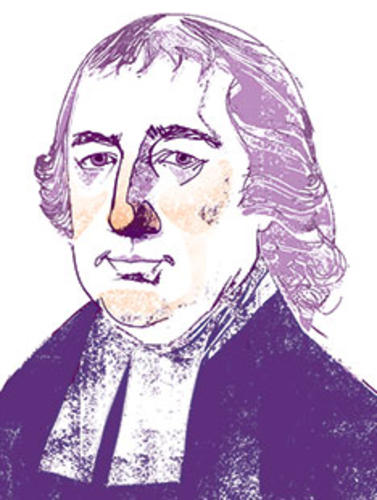
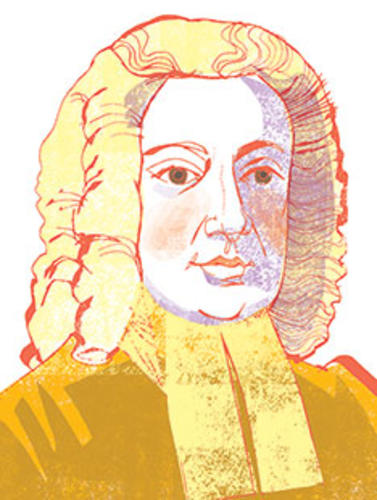




No responses yet